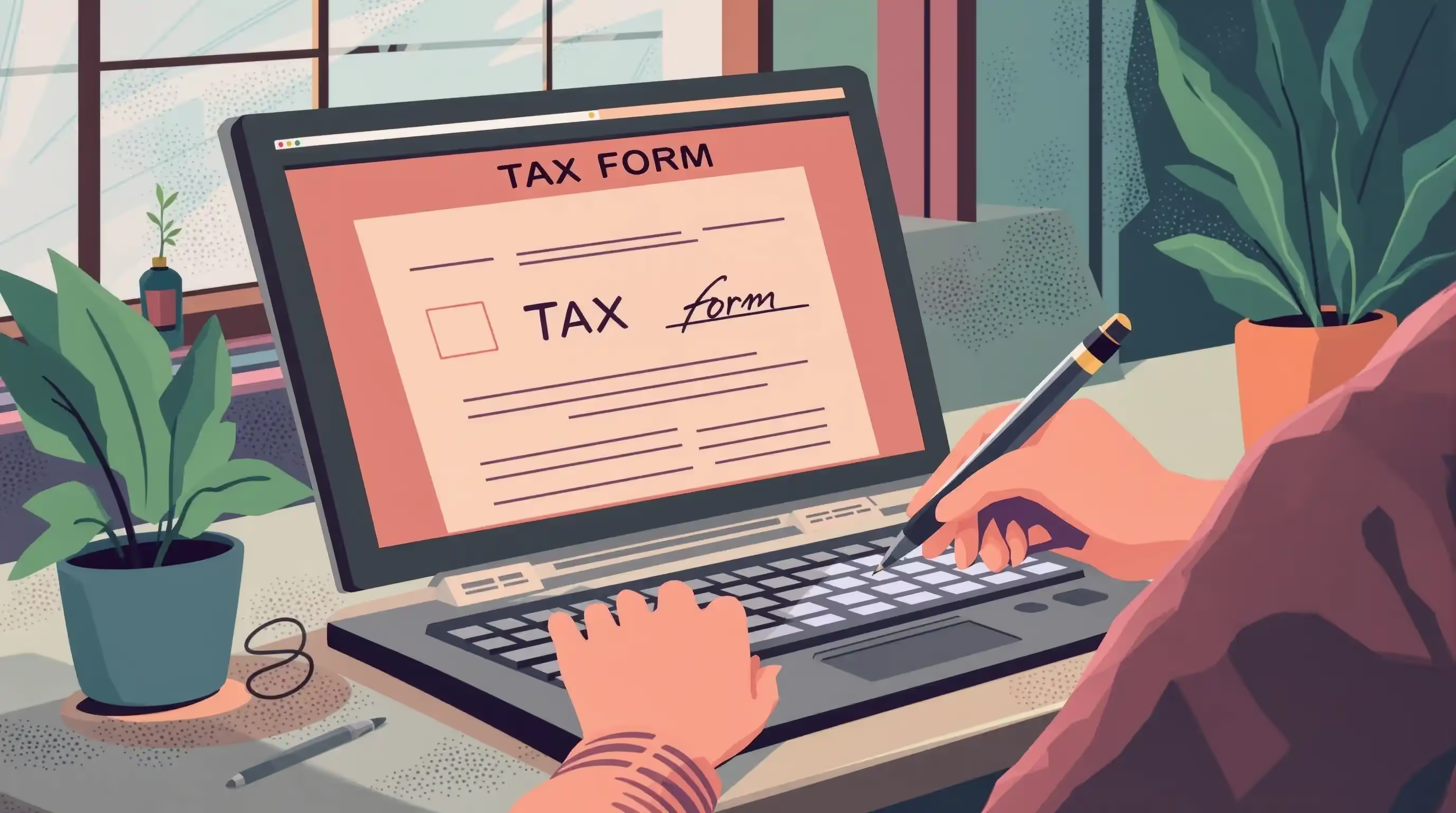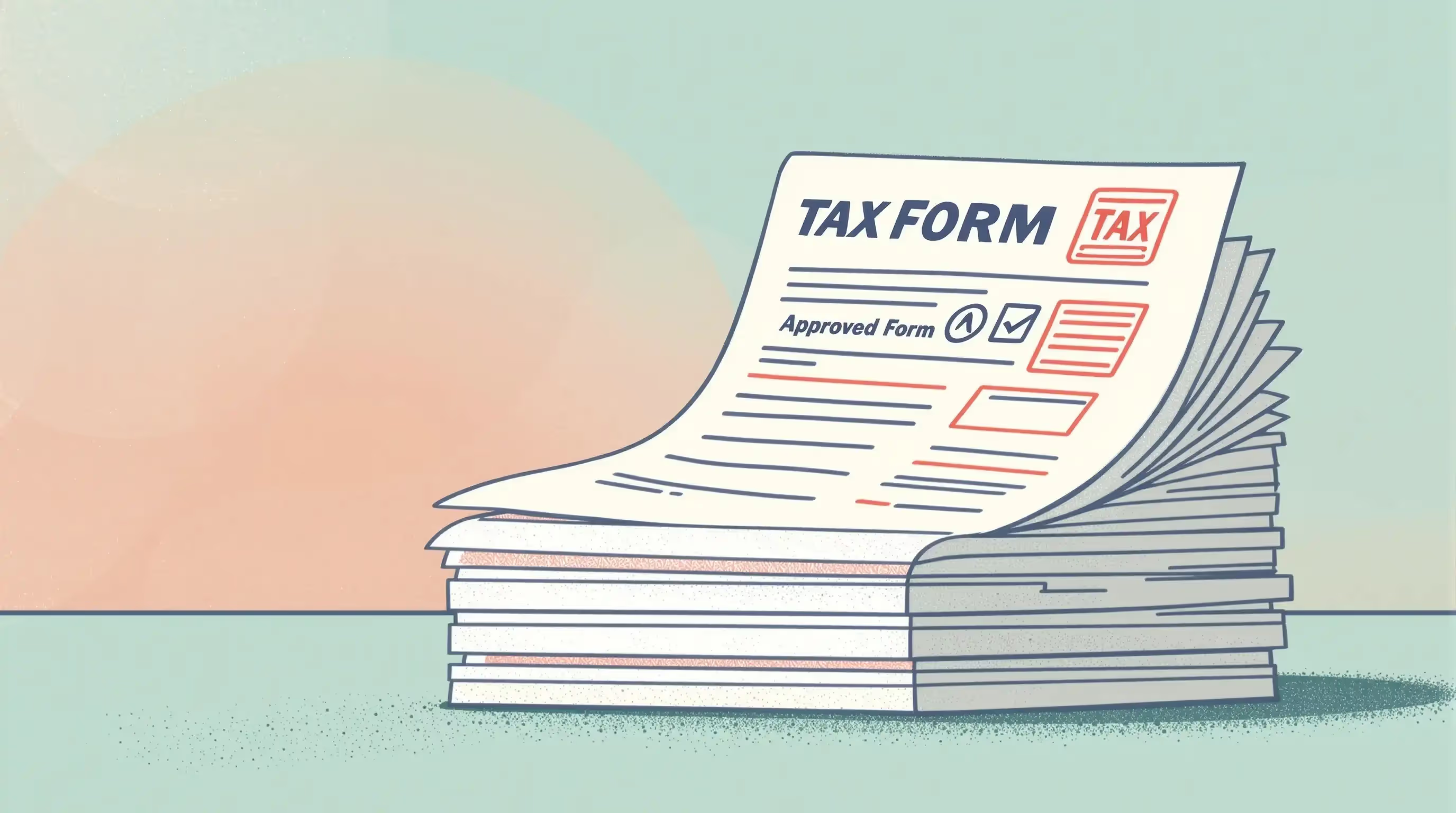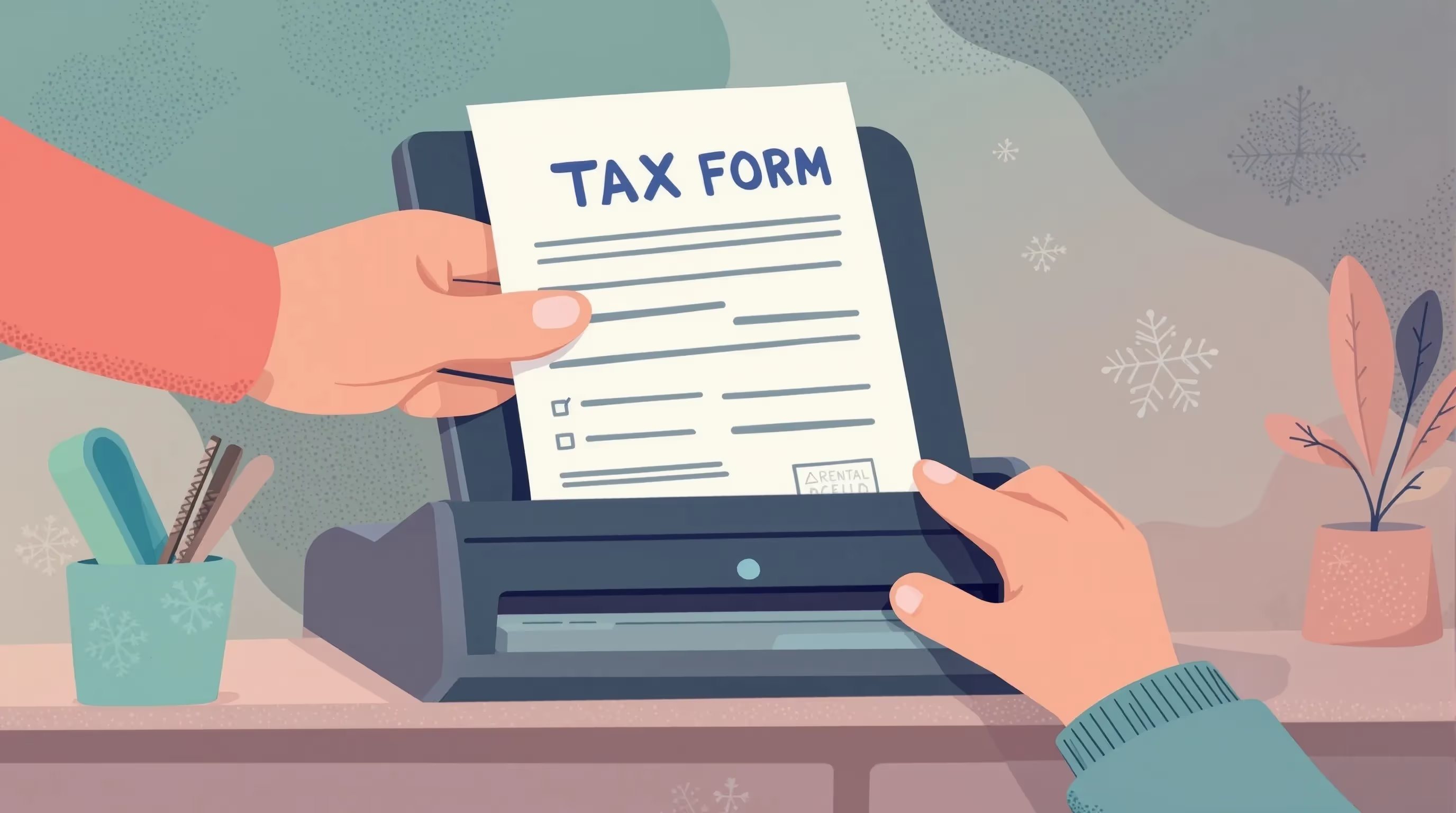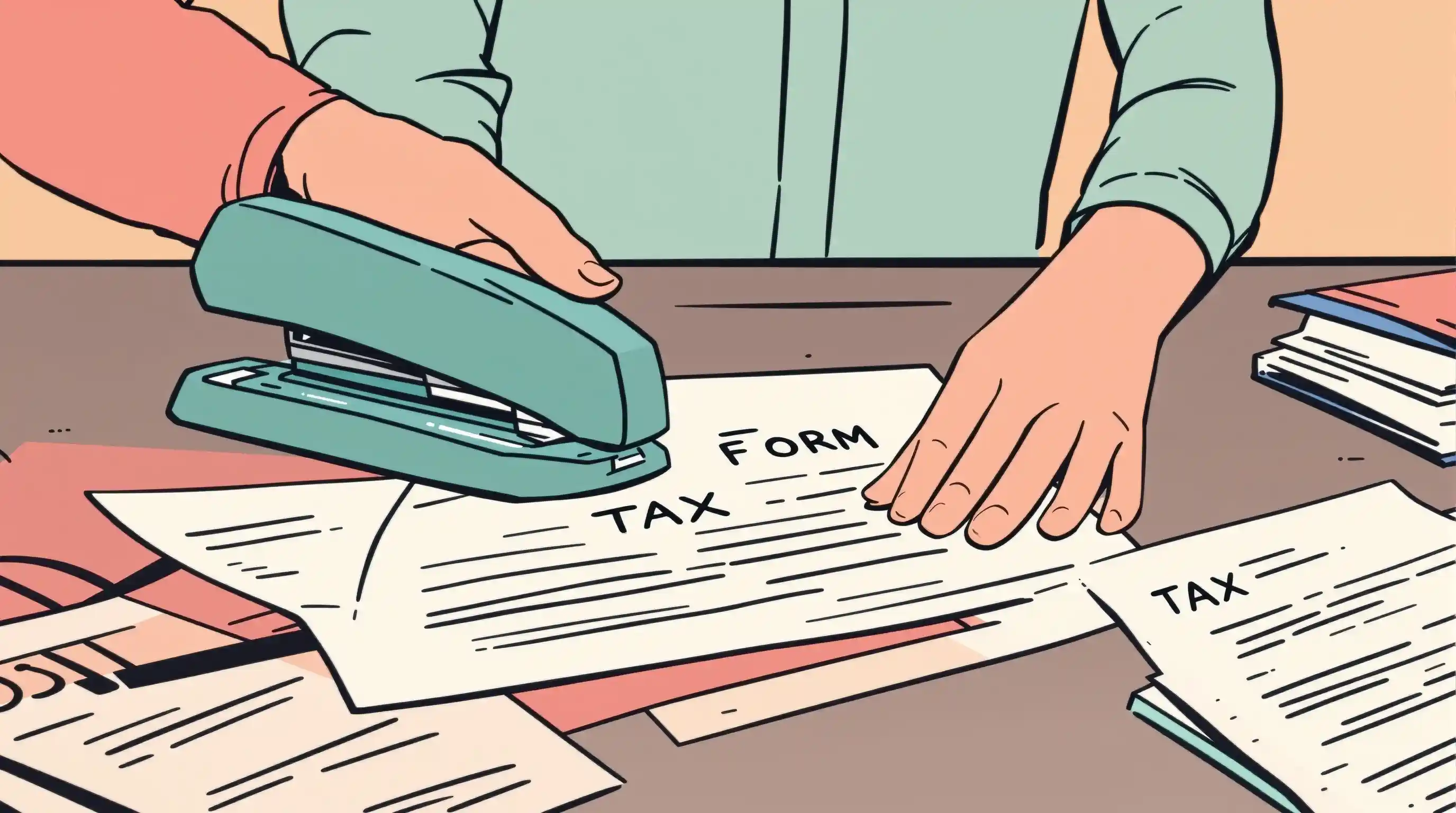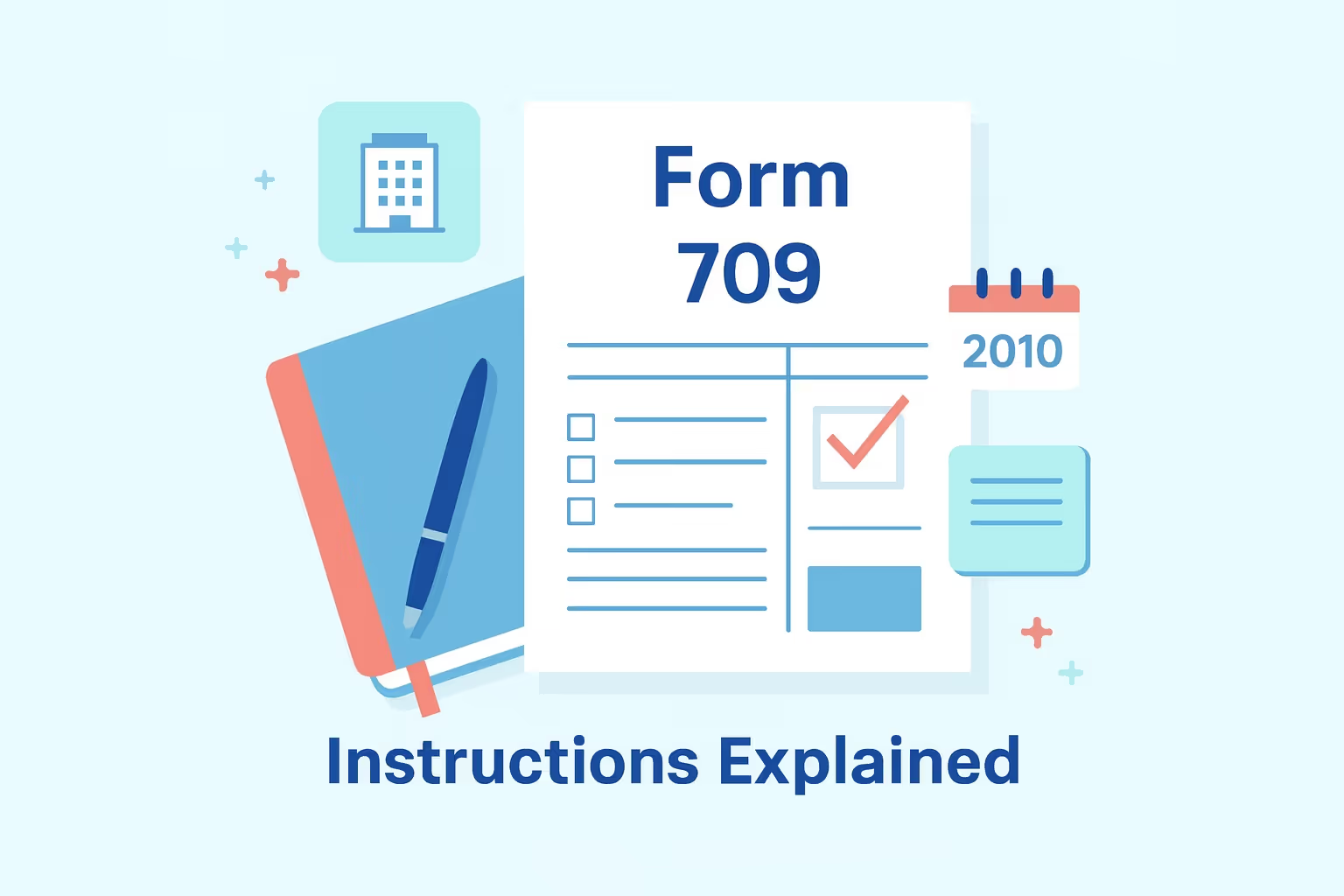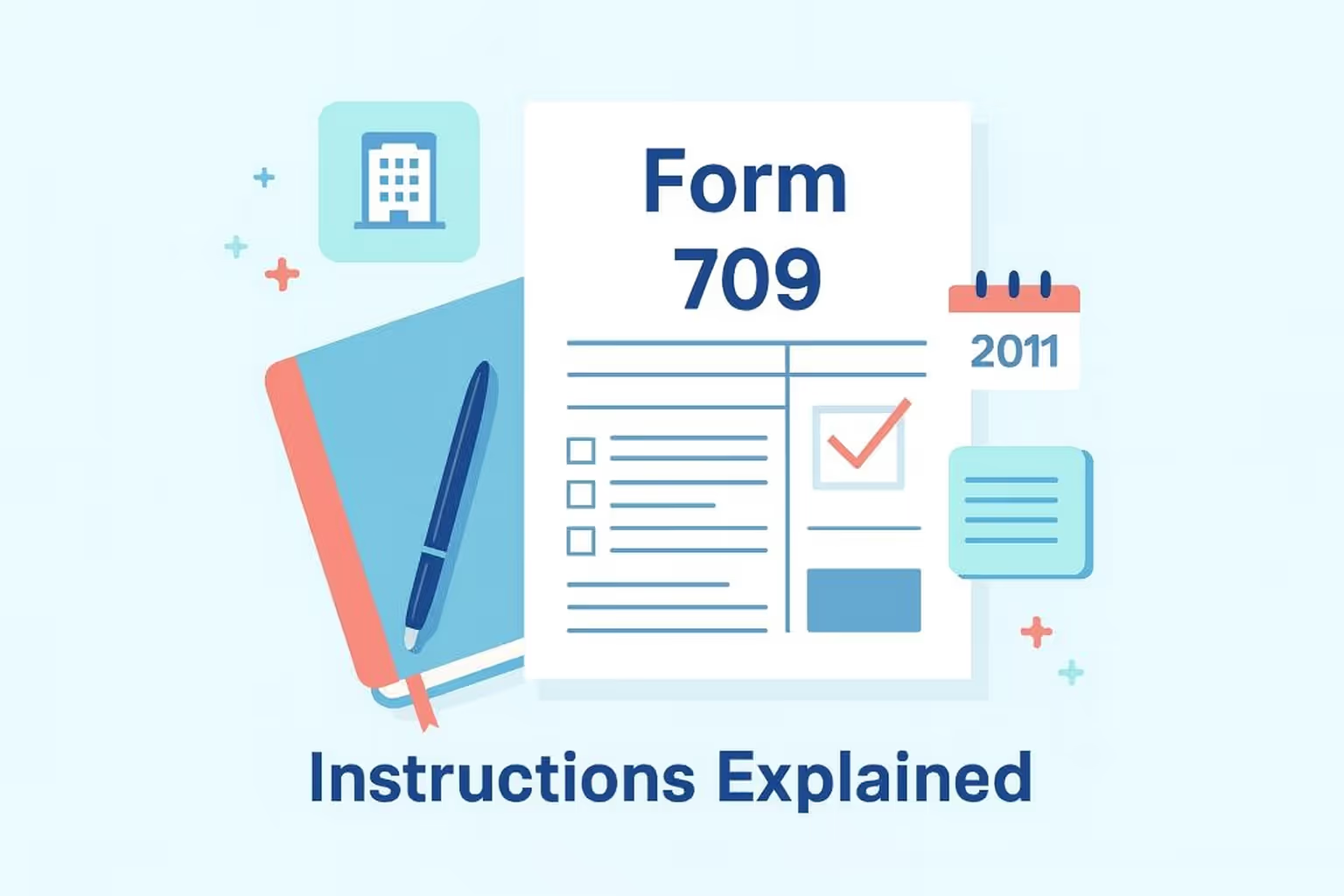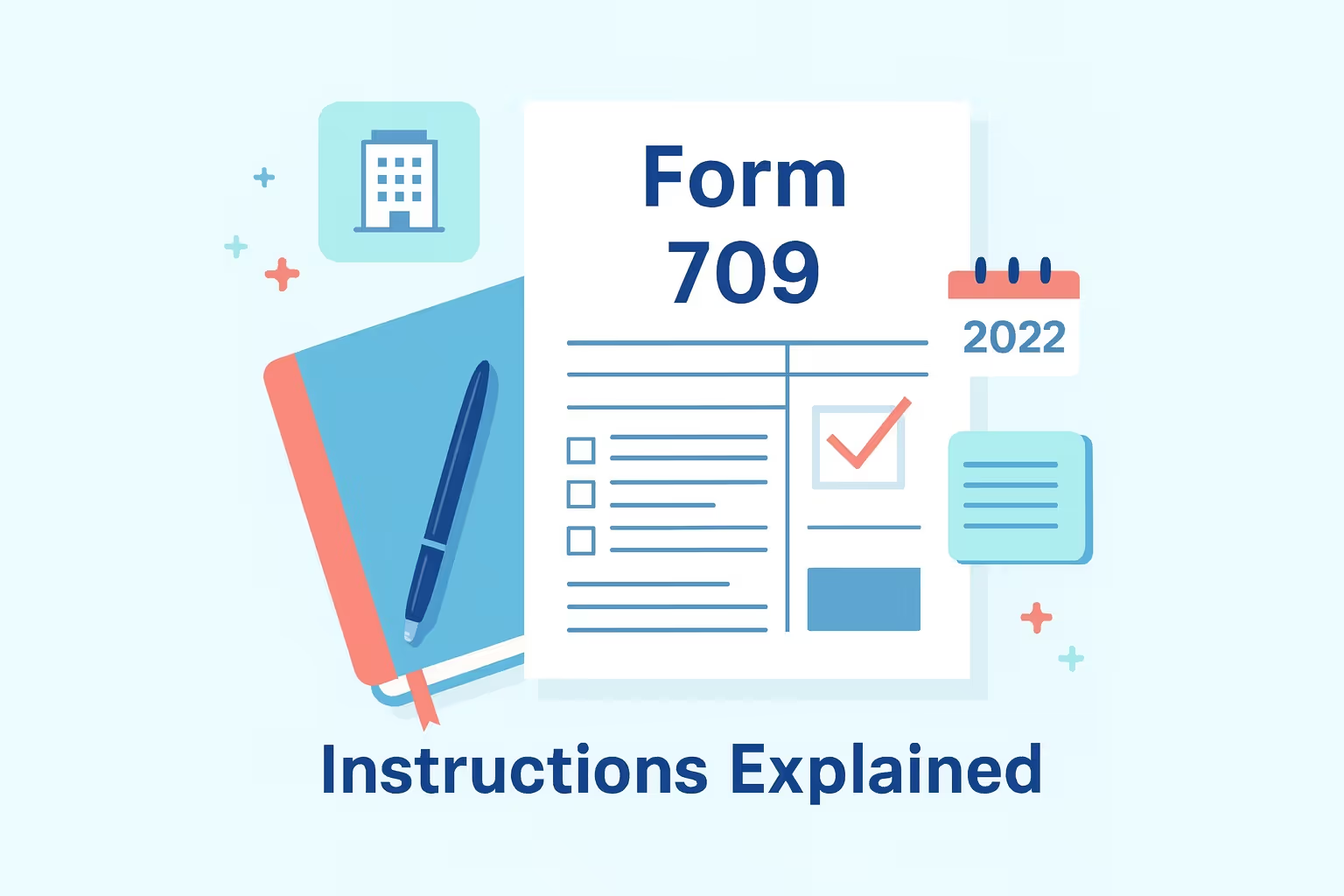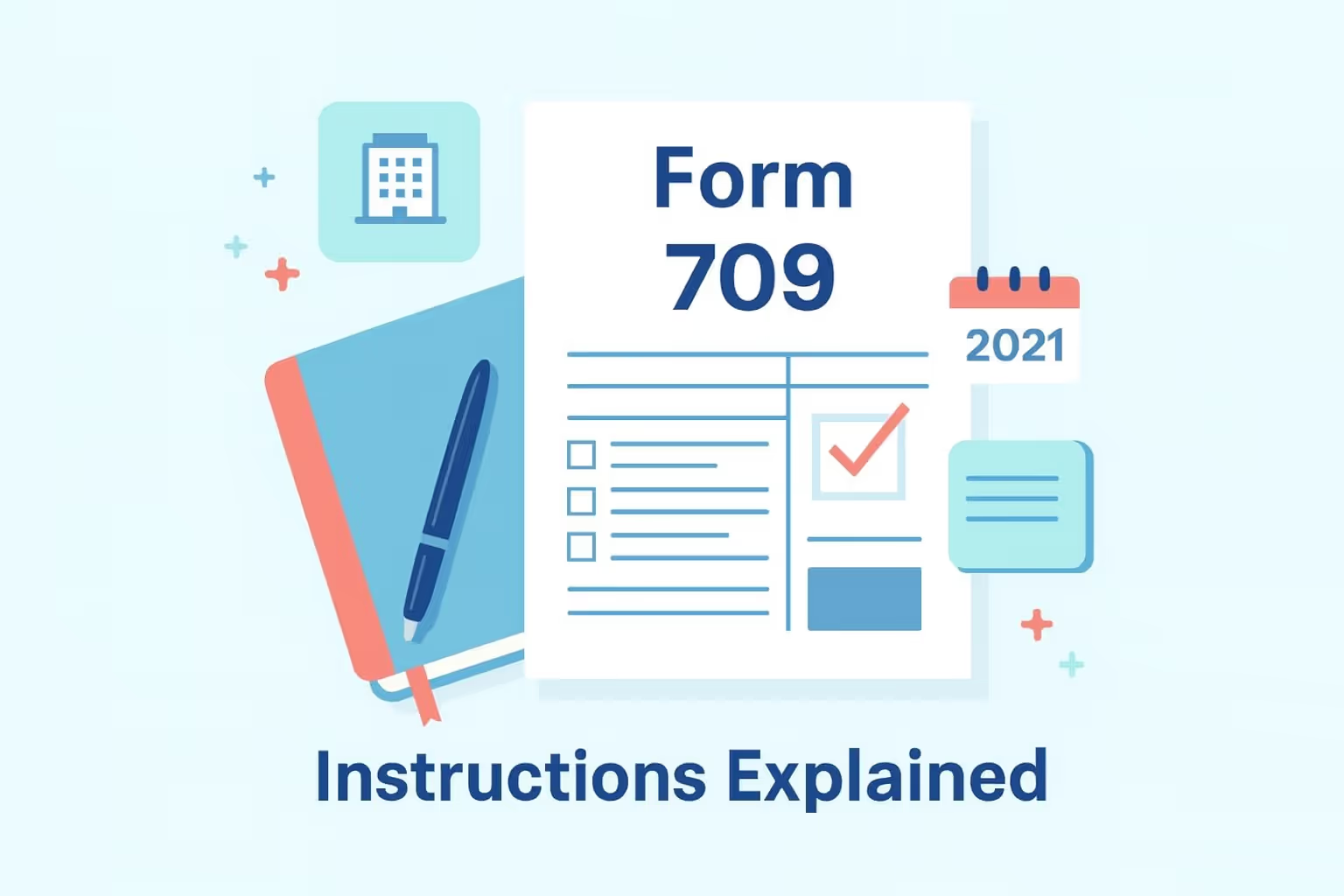
What IRS Form 709 (2015) Is For
IRS Form 709 (2015) is the United States Gift and Generation-Skipping Transfer Tax Return used to report gifts made during the 2015 tax year. It applies when the total value of gifts exceeds the annual gift tax exclusion amount for 2015. You must file a federal gift tax return if you made taxable gifts, used part of your lifetime gift tax exemption, or transferred property to certain exempt organizations. The Internal Revenue Service requires filing to report gifts, compute gift tax liability, and apply the correct transfer tax rates.
When You’d Use Form 709 for 2015
You would file Form 709 for 2015 when you discover unreported gifts, need to amend a previous return, or receive an IRS notice about missing gift tax returns. The form is used to reconcile taxable gifts, report gifts of future interests, and calculate gift and GST taxes owed. If you are filing late, mark your return “Amended” and attach explanations to clarify corrections. Timely filing ensures accurate reporting for estate tax purposes and protects your lifetime exemption from audit adjustments.
Key Rules or Details for 2015
- Annual gift tax exclusion amount: The annual exclusion limit for 2015 was $14,000 per donee for present-interest gifts and $147,000 for gifts to non-U.S. citizen spouses.
- Lifetime gift tax exemption: The basic exclusion amount in 2015 was $5,430,000, used to offset total taxable gifts and estate tax imposed on future transfers.
- Generation-skipping transfer exemption: The lifetime GST exemption, applicable to generation-skipping transfers and GST taxes, was $5,430,000 in 2015.
- Gift splitting: Married couples could file separate returns and elect gift splitting by having the consenting spouse sign both individual gift tax returns.
- Qualified tuition or medical payments: Payments made directly to educational or medical providers were tax-free for gift tax purposes and excluded from taxable gifts.
- Fair market value reporting: For gift tax and income tax purposes, property tax and income tax purposes, property transferred must be valued at its fair market value.
- Filing requirements: File gift tax returns with the IRS Cincinnati Service Center using the correct version of the form to report gifts for the 2015 calendar year.
Browse more tax form instructions and filing guides in our Forms Hub.
Step-by-Step (High Level)
Step 1: Gather Tax Records and Transcripts
Request Form 4506-T to confirm whether the IRS has a previous record of your 2015 gift tax return. Review property transferred, lifetime gifts made, and prior tax computations.
Step 2: Complete IRS Form 709 (2015)
Use the official 2015 version to report taxable gifts. Clearly mark the return as “Amended” if correcting errors. Include the donor’s and the consenting spouse’s information when reporting split gifts.
Step 3: Attach Required Schedules
Include Schedules A through D to report transfers subject to tax: Schedule A for taxable gifts, B for elections, C for split gifts, and D for generation-skipping transfers and GST tax calculations.
Step 4: Include Explanations and Documentation
Attach supporting statements showing how the gift tax was calculated, the fair market value of each asset, and details on any valuation discounts or charitable gift deductions claimed.
Step 5: Mail to the Correct IRS Address
Please mail the completed return and payment to the IRS, Cincinnati, OH 45999. Electronic filing was unavailable in 2015, so proof of mailing is important for income tax and gift tax purposes.
Step 6: Keep Complete Copies for Your Records
Retain copies of the interest reported, including attachments, appraisal reports, and split gift election statements. These serve as evidence for future claims of estate tax exemption.
Learn more about federal tax filing through our IRS Form Help Center.
Common Mistakes and How to Avoid Them
- Failing to file when required: Some taxpayers assume the annual exclusion removes filing needs, but future interests or split gifts still require a federal gift tax return.
- Incomplete valuations: Always include appraisals or documentation of fair market value so the Internal Revenue Service can verify total taxable gifts accurately.
- Missing GST allocations: Allocate lifetime GST exemption to applicable generation-skipping transfers to prevent unnecessary generation-skipping transfer tax liability later.
- Incorrect form year: Always use the 2015 version to ensure accurate tax computation and consistent lifetime gift tax exemption reporting.
- Gift splitting errors: Both spouses must file individual income tax returns and individual gift tax returns, and the consenting spouse must sign each Form 709.
- Ignoring the deceased spouse’s unused exclusion: Apply the deceased spouse’s unused exclusion when appropriate to reduce future estate tax and transfer tax exposure.
Learn more about how to avoid business tax problems in our guide on How to File and Avoid Penalties.
What Happens After You File
After submitting IRS Form 709 (2015), the IRS generally processes returns within 8 to 12 weeks. Late filers may experience delays depending on the workload. If a gift tax liability remains, payment is due when filing. Penalties may apply, but reasonable cause abatement requests are possible. Properly filed returns start the three-year statute of limitations, ensuring taxable gift reconciliation and lifetime exemption accuracy for estate tax planning.
FAQs
Can I still file IRS Form 709 (2015) and report gifts late?
Yes, you can file a late gift tax return for 2015 to report gifts and start the statute of limitations. Late filing may include penalties, but filing remains required for compliance.
What was the annual gift tax exclusion and basic exclusion amount for 2015?
The annual gift tax exclusion was $14,000 per recipient, and the basic exclusion was $5,430,000. These thresholds determined which gifts were taxable for federal gift tax purposes.
How does the generation-skipping transfer tax apply on Form 709 (2015)?
The generation-skipping transfer tax applies when gifts skip a generation, such as grandparent-to-grandchild transfers. You must compute GST tax and report GST exemption allocations on Schedule D.
How is the deceased spousal unused exclusion applied?
The deceased spousal unused exclusion allows a surviving spouse to use a deceased spouse’s remaining lifetime exemption. This election reduces future estate tax and gift tax liability.
How are total taxable gifts and transfer tax computed?
The tax computation begins by totaling all taxable gifts, subtracting available exclusions, and applying federal and GST taxes. It follows IRS Form 709 instructions for the correct tax year.
How is fair market value used when computing gift tax?
Fair market value represents the price a willing buyer and seller would agree upon. It determines the value of property transferred, essential for computing gifts and GST tax.
How do I file gift tax returns with the Internal Revenue Service?
File gift tax returns by mailing them to the IRS Cincinnati Service Center. Include all schedules, explanatory notes, and valuation details for taxable gifts and generation-skipping transfers.







